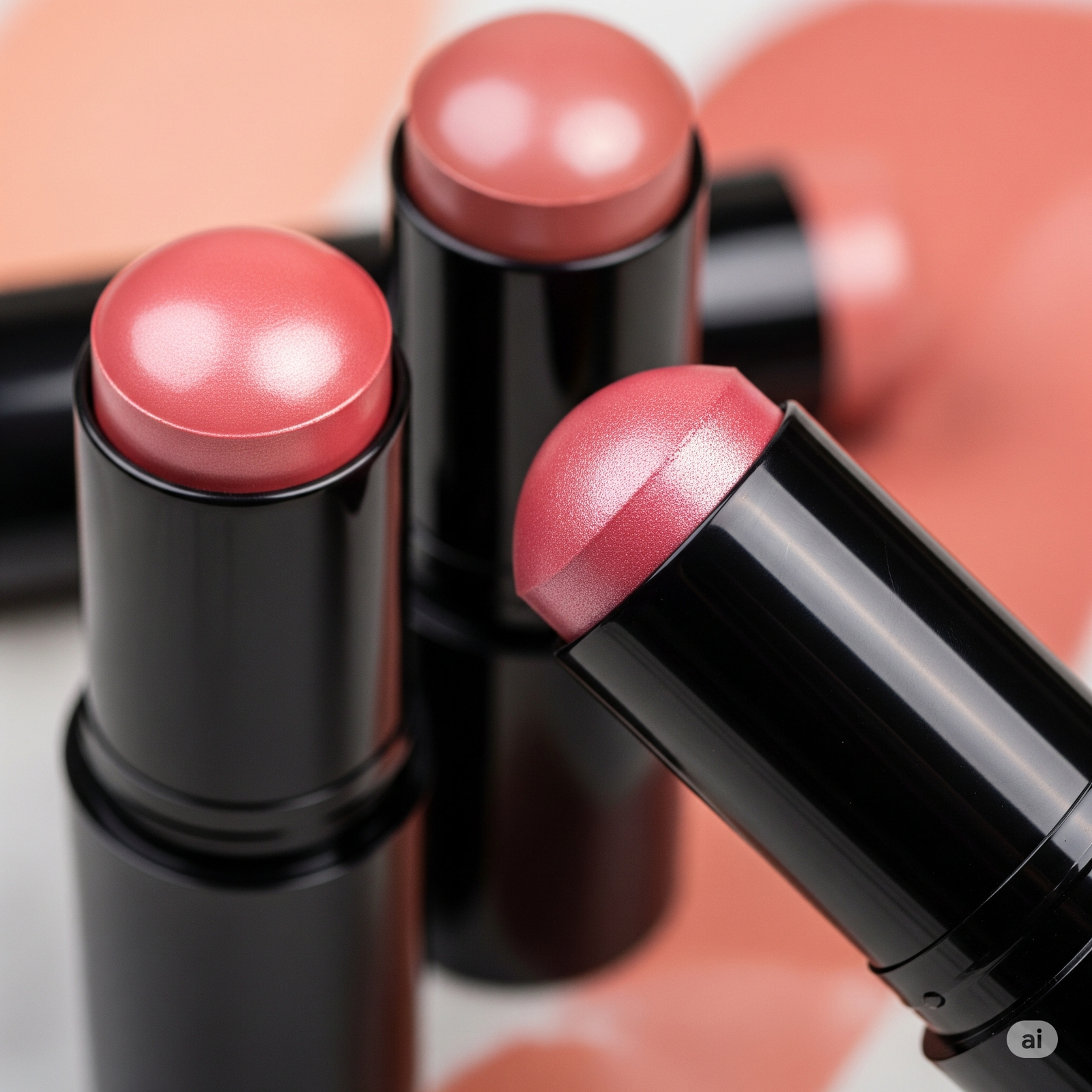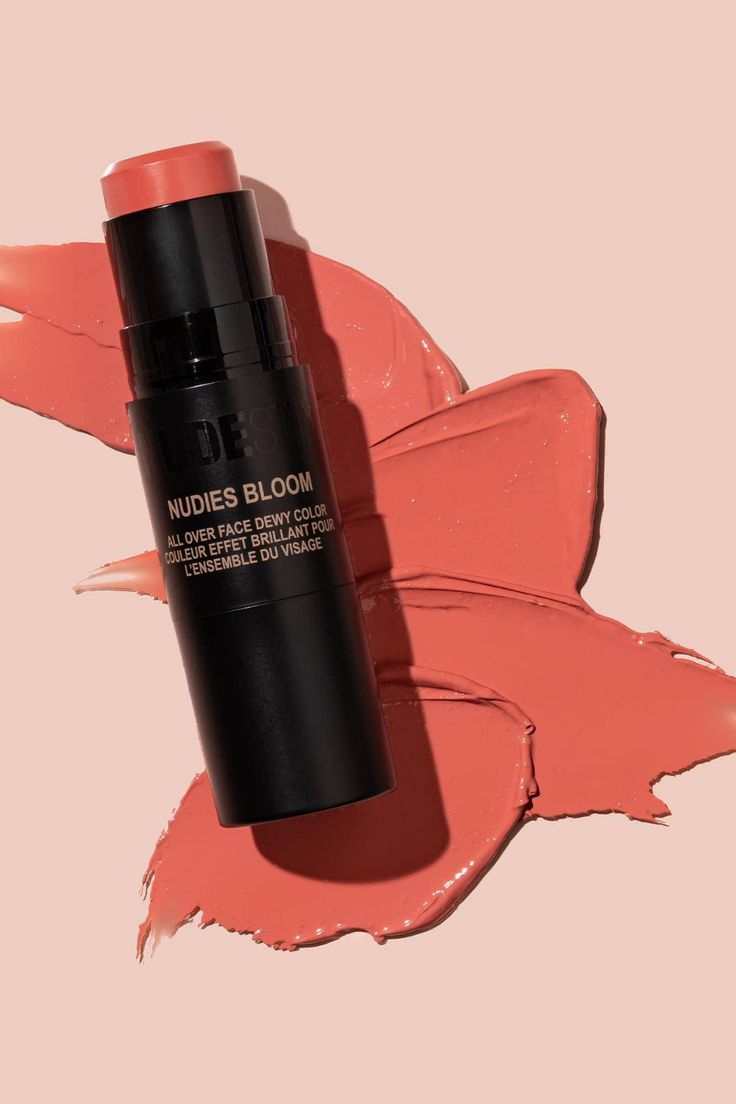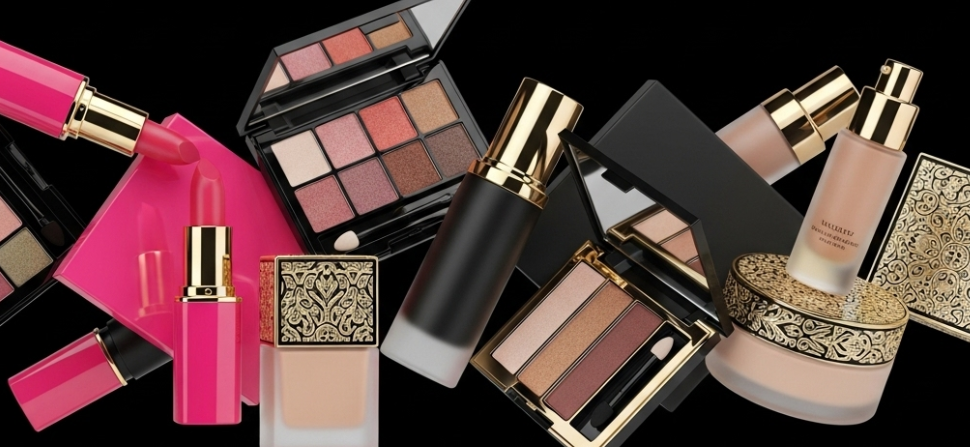Droplets on Cream Sticks: Capturing That Dewy Drama
Showcase glow with cream blush 3D render makeup droplet animation. Admigos creates lifelike visuals with dew, gloss, and high-impact packaging realism.
20 Jun'25
By Niharika Paswan


Droplets on Cream Sticks: Capturing That Dewy Drama
Cream Blush 3D Render Makeup Droplet Animation: Capturing Dewy Drama
In a world of flat lay fatigue and digital sameness, nothing pulls a beauty lover closer than a cream blush 3D render makeup droplet animation done right. Those beaded droplets on a glossy blush stick don’t just look pretty they communicate hydration, skin-compatibility, and a sensorial finish. It’s the kind of visual that stops scrolls, tells stories, and sells glow in one frame.

Cream blush
And this is exactly where Admigos thrives.
The Allure of Dew: Why Droplets Matter in Blush Visuals
Dew has always been a metaphor for freshness and vitality in the beauty lexicon. When strategically placed on cream blush sticks, droplets evoke hydration, softness, and skin-compatibility. They cue the idea that the product melts into your skin, that it belongs there.
This isn’t just an aesthetic choice it’s visual strategy.
A single makeup droplet animation can instantly make a consumer associate your formula with skincare benefits. Think about that subconscious suggestion: this blush hydrates. It blends. It shines in all the right ways. Even if you’re not explicitly stating it, the image does all the talking. And it converts.
Behind the Dew: Why Realism Isn’t Easy
Most brands try to create this dew-kissed look by either spraying real water on product during shoots or photoshopping droplets in post. Both options have serious limitations:
- Real water behaves unpredictably, especially on slick surfaces. It can bead in awkward places or flatten out entirely under lights.
- Photoshopped droplets lack depth, shadow interaction, or proper refraction, making them look fake on zoom.
This is why liquid simulation in 3D is the preferred route. But it takes precision, experience, and a strong visual sense to execute it without looking uncanny.
Admigos has refined this process down to a science-meets-art workflow mimicking how actual water behaves on creamy, glossy makeup surfaces, complete with viscosity, temperature mapping, and light diffusion.
Understanding Liquid Simulation: A Beauty Brand's Best Friend
Liquid simulation is more than just “adding water.” It’s the science of how liquid forms, moves, and reacts to the surface it's on. For cheek products like blush sticks, this means understanding how droplets:
- Form on creamy, slightly waxy textures
- Reflect light with soft glows instead of hard shines
- Interact with embossed logos or ridges on the product
- Slide or remain still based on angle and material friction
These subtle interactions make the difference between a stunning 3D render and a forgettable one. The goal? Not just realism, but naturalism. The kind of image where the viewer forgets they’re looking at CGI.
The Gloss Factor: More Than Just a Shine
Liquid simulation is only half the equation. The other half? Gloss realism.
Cream blush is known for that soft, hydrated sheen. It's not matte, not overly glossy, but somewhere in the luminous middle. Rendering this exact finish requires finesse. Admigos uses a combination of:
- Subsurface scattering to mimic light penetrating semi-translucent layers
- Specular highlight control to avoid harsh, mirror-like reflections
- Custom gloss shaders for that cushiony skin-like bounce
The result? Blush sticks that don’t just sit pretty they glow. Even in static renders, the finish suggests movement, heat, and skin contact. It makes you want to touch it. Swipe it. Try it.
Packaging Realism: Because You Can’t Fake Texture
Let’s be honest no amount of gloss simulation will work if your product looks like it was made in a vacuum. Today’s consumers are hyper-aware of textures, finishes, and even cap-click satisfaction. This means your renders can’t just “look clean.” They need to feel tactile.
Admigos takes packaging realism seriously. Here’s how:
- Microscopic details like fingerprint smudges on matte caps, or slight wear on logo embossing
- True-to-brand color calibration, ensuring packaging shades match your physical samples exactly
- High-res material scanning, including satin, metal, silicone, or eco-plastic
- Condensation effects around the base of a product to indicate temperature contrast
This level of detail builds brand trust. A customer scrolling past your ad or PDP doesn’t stop because the image is flawless they stop because it feels real.
Static vs. Motion: When Should You Add Droplet Animation?
Motion elevates storytelling, especially when you want to demonstrate creaminess, hydration, or temperature play. But not every campaign needs a full animated film. Here’s how to decide:
Go for motion if you want to:
- Showcase application texture (droplets moving slightly as product turns)
- Create teaser reels for new shade drops
- Use kinetic ads on Instagram, or PDP banners
Stick to static when you’re:
- Highlighting product packaging and shade range
- Creating clean e-commerce assets
- Running still carousel ads
Admigos offers both whether you need a high-gloss hero shot for a landing page, or a short 6-second droplet animation to boost social engagement.
From Dew to Data: The ROI of Realism
Here’s the kicker: beauty brands that invest in these hyperreal visuals don’t just get pretty content they get performance.
Case in point:
- A startup cream blush brand saw a 28% higher PDP conversion rate after replacing flat renders with droplet-based visuals
- An indie makeup label recorded 1.9x better ad engagement on Instagram reels featuring a turning blush stick with gloss and moving droplets
- One brand that switched to Admigos-style 3D packaging realism cut product photography costs by 40% without losing quality
When gloss and hydration aren’t just buzzwords but visual elements, customers take notice and action.
Admigos at the Helm: Liquid Physics Is Our Playground
Beauty brands come to Admigos because we know how liquid behaves on makeup. Not just any liquid but your specific formula. Your specific finish.
We’ve spent years studying the difference between how a balmy blush holds dew versus a water-based tint. We know which angles make droplets sparkle and which kill the vibe. And we’ve built a visual library of natural gloss shaders that don’t overdo it.
This is more than production. It’s visual craftsmanship.
And while we love making things look good, we’re obsessed with making them feel good. That emotional pull your blush deserves? We bring it to life frame by frame. You can check your work at Admigos.
Final Glow
In beauty, realism sells but only if it feels intimate. A well-rendered cream blush stick with natural dew droplets isn’t just a trend. It’s a sensory tool. It whispers softness, hydration, warmth.
And when you combine sharp simulation with expert lighting and emotionally tuned gloss, you don’t just create visuals. You create connection.
For beauty brands looking to capture that kind of dewy drama, Admigos is your go-to team of gloss obsessives, liquid motion nerds, and skin-light translators. Let your blush speak with droplets, gloss, and real emotion.
— By Niharika Paswan
Faux Freckles Are the New Luxe: Here’s Why
Faux freckles are redefining luxury in beauty. Learn how they signal youth, realness, and filter-free appeal, plus tools and animation tricks that make them shine.

Packaging That Pops: Clear Tubes, Embossed Pans & More
From embossed blush icons to clear vs frosted finishes, read how to animate blush packaging with full-spectrum 3D product design.
